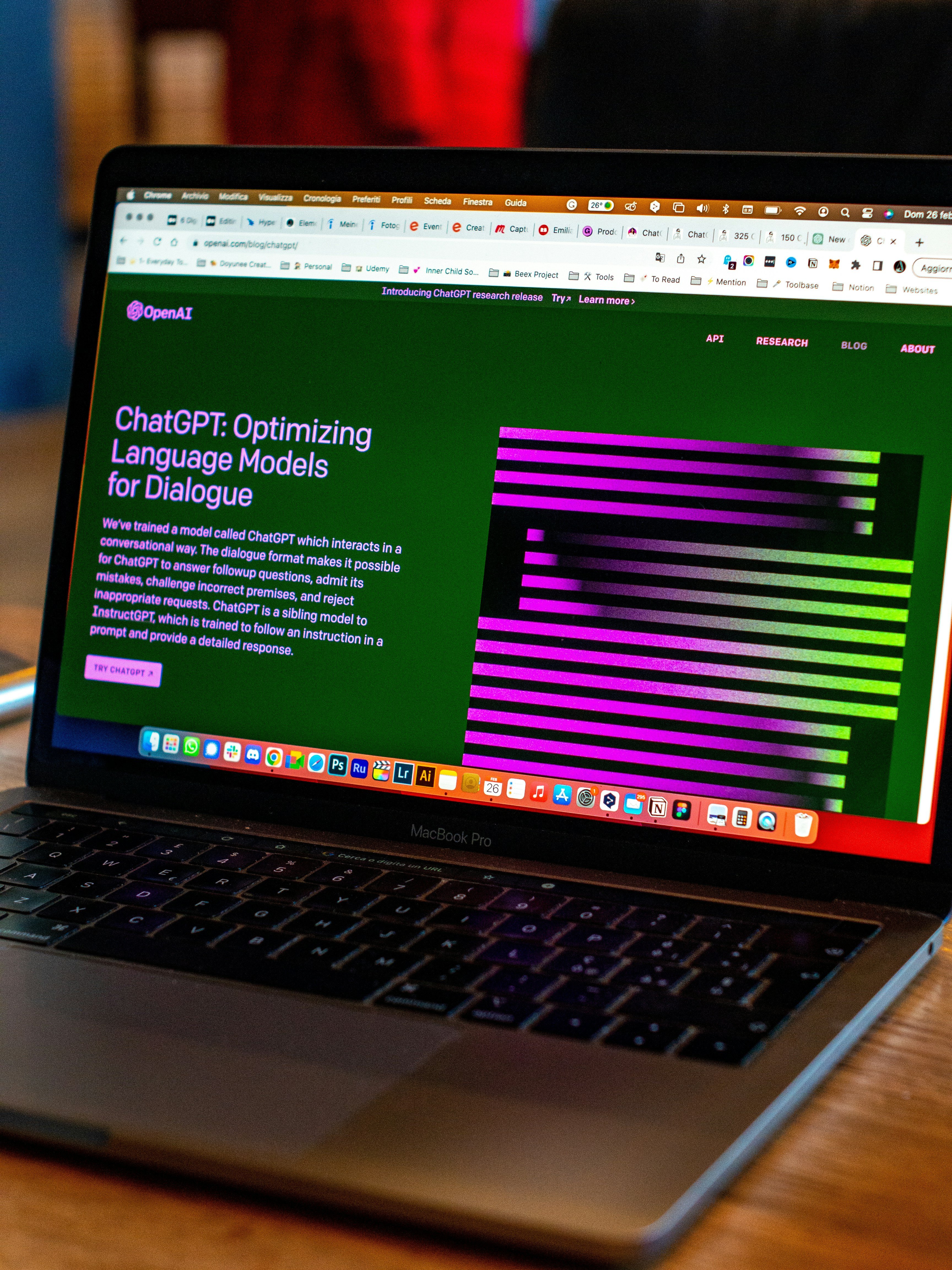Resume Screening in the Age of Large Language Models
In a job market where applicants use AI to craft their applications to match job descriptions, Recruiters and HR managers face an overwhelming challenge: efficiently screening countless resumes to find the perfect candidates.
Traditional methods are time-consuming and often prone to human bias. But what if there was a way to revolutionize this process, making it faster, more accurate, and potentially more fair? Enter Large Language Models (LLMs) – the game-changing technology that's set to transform the world of recruitment.
Understanding LLMs in Recruitment
Large Language Models, such as GPT-3.5, GPT-4, and LLaMA2, are advanced artificial intelligence systems trained on vast amounts of textual data. These models have the ability to understand and generate human-like text, making them ideal for complex tasks like resume screening.
But what sets LLMs apart from traditional Natural Language Processing (NLP) models like BERT, T5, RoBERTa, and ALBERT? The key lies in their scale and versatility. While earlier models were designed for specific tasks, LLMs can adapt to a wide range of applications with minimal fine-tuning.
We're seeing a fascinating divide between open-source and closed-source LLMs. Open-source models like LLaMA2 offer transparency and customization options, while closed-source models such as GPT-3.5 and GPT-4 often provide cutting-edge performance but with less flexibility. [1]
The Automated Resume Screening Framework
Researchers at Yokohama National University and Pusan National University have developed a ground-breaking automated resume screening framework using LLMs (Gan et al., 2024). [2]
This innovative approach breaks down the screening process into three key steps:
Sentence Classification: The LLM analyses each sentence in a resume, categorizing it into relevant sections such as personal information, work experience, education, and skills.
Grade and Summarization: The system then assigns a grade to each resume and generates a concise summary, highlighting the most pertinent information for recruiters.
Decision-Making: Finally, an LLM agent, acting as an HR professional, reviews the graded and summarized resumes to make informed decisions about candidate suitability.
One of the most impressive aspects of this framework is its ability to handle long-context resumes. By leveraging advanced models like GPT-4-Turbo, which can process up to 128,000 tokens, the system can analyse even the most detailed and extensive resumes without losing crucial information.
Key Advantages of LLM-based Resume Screening
The application of LLMs in resume screening offers several compelling advantages for recruiters and HR managers:
Improved Efficiency: The automated system can process resumes at a speed that far surpasses human capabilities, allowing HR teams to handle high-volume applications with ease.
Enhanced Information Extraction: LLMs excel at understanding context and nuance, enabling them to extract relevant information from resumes more accurately than traditional keyword-based systems.
Accurate Summarization: By distilling lengthy resumes into concise summaries, LLMs save recruiters valuable time while ensuring no critical details are overlooked.
Potential for Unbiased Decision-Making: When properly trained, LLMs can help mitigate human biases in the screening process, potentially leading to more diverse and qualified candidate pools.
Versatility in Resume Formats: Unlike rigid rule-based systems, LLMs can adapt to various resume formats and styles, making them ideal for global recruitment efforts.
Research Findings and Performance Metrics
The study by Gan et al. (2024) provides compelling evidence of the effectiveness of LLM-based resume screening:
Time Efficiency: The automated system proved to be 11 times faster than manual screening methods, a game-changing improvement for busy HR departments.
Accuracy in Sentence Classification: The fine-tuned LLaMA2 model achieved an impressive F1 score of 87.73% in classifying resume sentences, outperforming traditional pre-trained language models.
Grade and Summarization Performance: When compared to manual annotations, the LLM-based system showed high correlation in grade assignments and produced accurate, concise summaries.
Decision-Making Capabilities: The LLM agents demonstrated human-like reasoning in selecting qualified candidates, often aligning closely with decisions made by experienced HR professionals.
These findings suggest that LLM-based systems are not just faster, but also highly capable of replicating and potentially enhancing human-level analysis in the resume screening process.
Practical Implications for Recruiters and HR Managers
For HR professionals, the implications of this technology are far-reaching:
Streamlined Recruitment: By automating the initial screening process, recruiters can focus their time and energy on engaging with top candidates and making strategic hiring decisions.
Handling High-Volume Applications: Companies like Tech Mahindra Ltd and Hewlett Packard, which often receive thousands of applications, can benefit immensely from this efficient screening method.
Customization Across Industries: The flexibility of LLMs allows for easy adaptation to various industries, from IT and engineering to marketing and finance.
Integration with Existing Systems: LLM-based screening can be seamlessly integrated with current Applicant Tracking Systems (ATS) and other HR technologies, enhancing overall recruitment workflows.
Addressing Potential Concerns
While the benefits are clear, it's crucial to address potential concerns:
Privacy and Data Security: As with any AI system handling sensitive information, robust data protection measures must be in place to safeguard candidate information.
Balancing Automation and Human Judgment: While LLMs can significantly streamline the process, human oversight remains crucial for making final hiring decisions and ensuring a personalized candidate experience.
Ensuring Fairness: Ongoing research and careful model training are essential to minimize potential biases and ensure fair treatment of all candidates.
Future Prospects and Developments
The field of LLM-based recruitment is rapidly evolving. Ongoing research at institutions like Yokohama National University and Pusan National University promises further improvements in accuracy and efficiency.
We can expect to see:
More advanced LLM technologies with even greater understanding of nuanced job requirements and candidate qualifications.
Deeper integration with other HR technologies, potentially incorporating real-time labour market data and predictive analytics.
Expansion into other areas of the recruitment process, such as interview question generation and candidate engagement.
The integration of LLMs with cloud services like Amazon Web Services (AWS) could further enhance scalability and accessibility for organizations of all sizes. Additionally, the potential incorporation of conversational AI, similar to Chat GPT, could revolutionize candidate interactions throughout the recruitment process.
Conclusion
The application of Large Language Models in resume screening represents a significant leap forward in recruitment technology. By dramatically improving efficiency, accuracy, and potentially reducing bias, LLMs are set to transform how organizations identify and engage with top talent.
For recruiters and HR managers, now is the time to explore these cutting-edge solutions. The competitive advantage offered by LLM-based screening could be the key to building stronger, more diverse teams in less time and with greater confidence.
As we stand on the brink of this technological revolution in recruitment, one thing is clear: the future of resume screening is here, and it's powered by the incredible capabilities of Large Language Models.
[Citation: Gan, C., Zhang, Q., & Mori, T. (2024). Application of LLM Agents in Recruitment: A Novel Framework for Resume Screening. arXiv preprint arXiv:2401.08315v2.]




